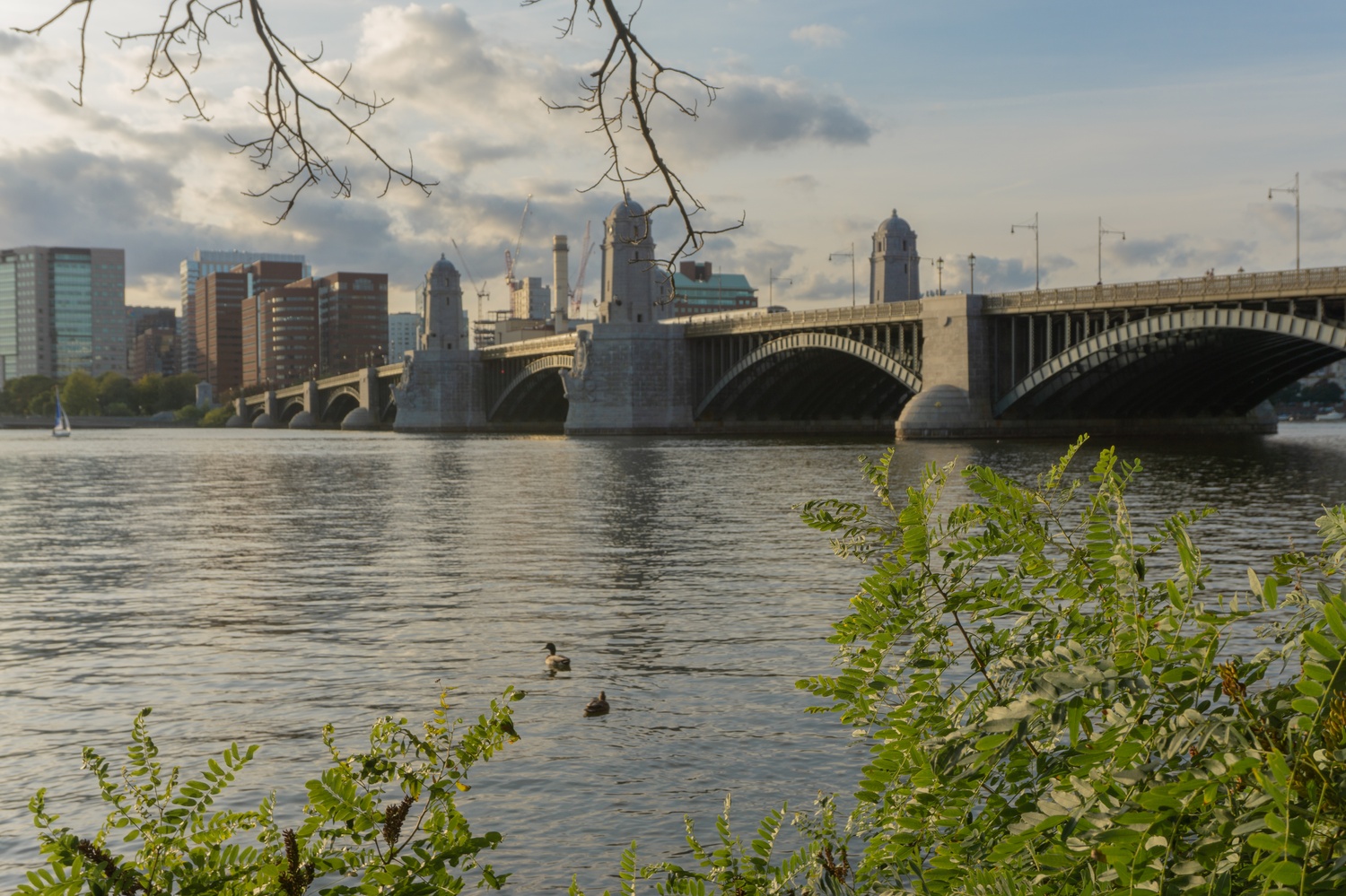
News
Summers Will Not Finish Semester of Teaching as Harvard Investigates Epstein Ties

News
Harvard College Students Report Favoring Divestment from Israel in HUA Survey

News
‘He Should Resign’: Harvard Undergrads Take Hard Line Against Summers Over Epstein Scandal

News
Harvard To Launch New Investigation Into Epstein’s Ties to Summers, Other University Affiliates

News
Harvard Students To Vote on Divestment From Israel in Inaugural HUA Election Survey
From Cod to Cream Pie: What Defines Boston’s Cuisine?

If one were to analyze the origins of America’s favorite foods, a good place to start would be Boston’s Omni Parker House.
In 1856, the hotel — formerly known as the Parker House Hotel — made the world’s first Boston cream pie. Not exactly a pie, the yellow cake filled with a thick layer of vanilla pastry cream and coated in a fudgy chocolate icing has made its way into bakeries and donut shops across the country.
In the 1870s, the very Parker House Hotel pioneered another creation — the aptly named Parker House roll. Commonly known as America’s first soft dinner roll, Omni Parker House historian Susan Wilson says what separates Parker House rolls from the hard dinner rolls of previous years is the sheer amount of butter the recipe requires. Parker House rolls remained a hotel staple until President Franklin D. Roosevelt, Class of 1904, and First Lady Eleanor Roosevelt requested that they be served at dinner at the White House.
Like Omni Parker House’s culinary contributions, much of Boston’s early cuisine is a direct result of its location. Situated on the Massachusetts Bay, Boston is well-known for its seafood. Popular restaurant destinations boast menus lined with buttery split-top rolls stuffed with chilled lobster, platters of briny oysters harvested in nearby Cape Cod, and fresh white fish served alongside traditional side dishes. Clam chowder is also a menu staple — the creamy soup base with soft potatoes, salty bacon, and fresh clams is one of Boston’s most popular dishes among visitors.
As Boston evolves as a city and the diversity of its neighborhoods and the people within each of them increases, its food scene evolves with it. Rather than consisting of traditional Bostonian foods like the cream pies and rolls and the fresh seafood from its nearby fishing towns, the city’s cuisine is now the sum of each of the neighborhoods within it and the culture and heritage that they bring to their food.
Take the North End, for example. The North End was home to Irish, Eastern European Jewish, and Italian immigrants during the immigration influxes of the 1910s. Ultimately, the neighborhood became known for its Italian cuisine, and the restaurant scene reflects that to this day. The North End is lined with homey sit-down restaurants, pastry shops with stacks of biscotti and cannoli shells, and pizzerias on every corner. Favorites include Caffe Vittoria, Boston’s first Italian cafe, the original Regina Pizzeria, and the dueling pastry shops, Mike’s and Modern. Though the percentage of Italians in the North End has decreased to only about one-third of its current population, the Italian influence remains imprinted on the neighborhood's culinary and cultural heritage.
Boston’s Chinatown is a favorite center for authentic East Asian cuisine. The neighborhood emerged in the mid-19th century as immigrants came to the United States in hopes of finding higher-paying and more accessible jobs than were available to them in their home countries. After the Chinese Exclusion Act of 1882, in which Chinese laborers were prohibited from entering the United States, parties of immigrants became smaller and smaller. As a result, Chinese immigrants residing in Boston began to establish their own community within the city — and the neighborhood became a hub of Chinese cuisine. Since then, Chinatown has expanded to feature Japanese, Vietnamese, Malaysian, and Asian fusion restaurants. Popular eateries like Winsor Dim Sum Cafe, Shojo, and Peach Farm are not to be missed.
Other honorable mentions include the Irish pubs that surround Northern Boston and the Caribbean, Southern, and Vietnamese eateries that make up Dorchester’s booming restaurant scene.
In short, Boston’s cuisine is often thought of as what it was historically, but the diversification and evolution of Boston’s population has allowed it to become a city with an eclectic mix of food from different cultures and heritages. Boston’s cuisine can hardly be defined. It isn’t Boston Cream pies, Parker House rolls, seafood, Italian, Asian, or Carribean food. It is the combination of all of these — and that is what makes it so beautiful. Rather than isolating itself from change, Boston has maintained its own historical culinary culture while fusing it with the heritage of everyone who calls the city home.
Want to keep up with breaking news? Subscribe to our email newsletter.
